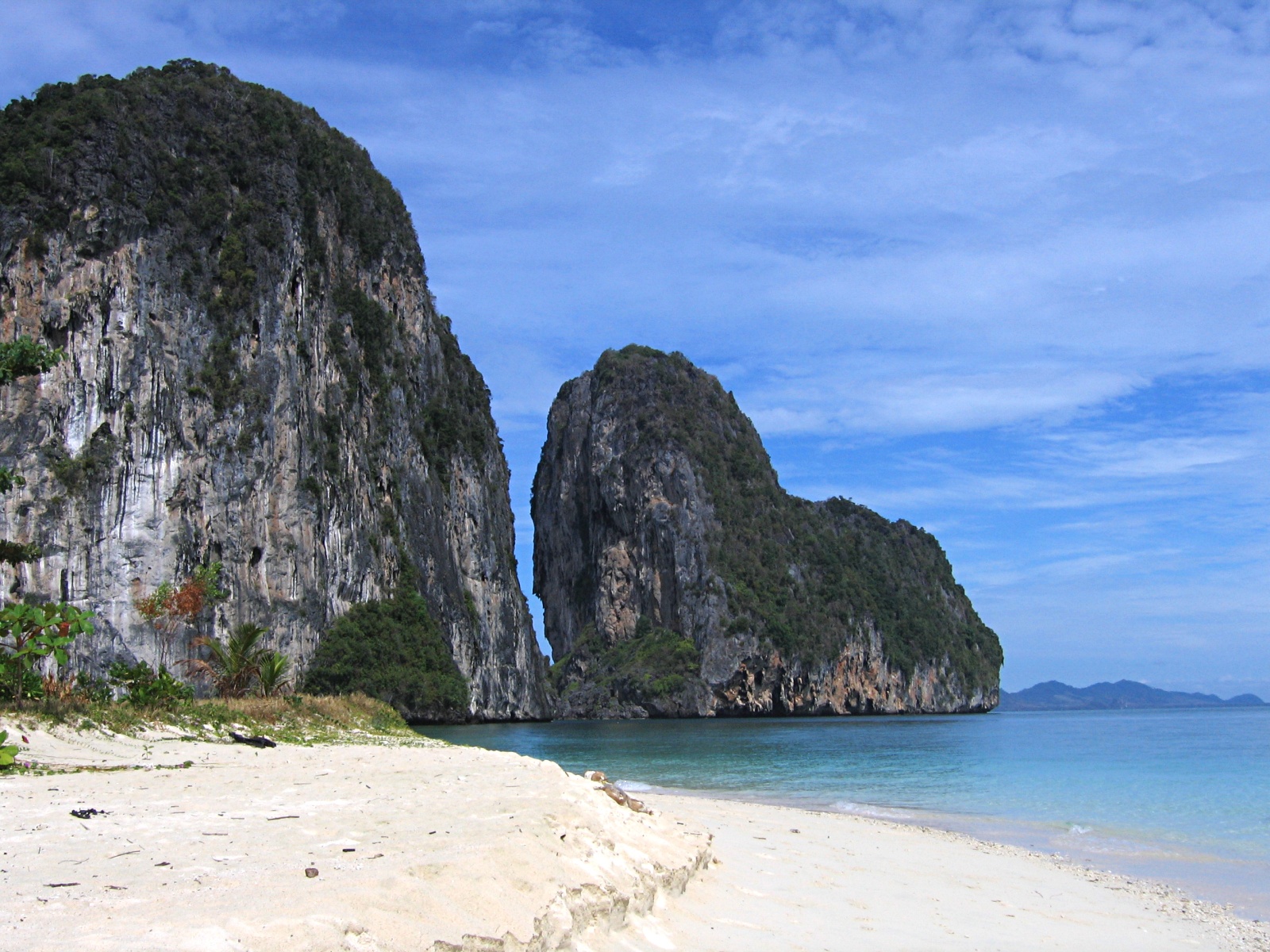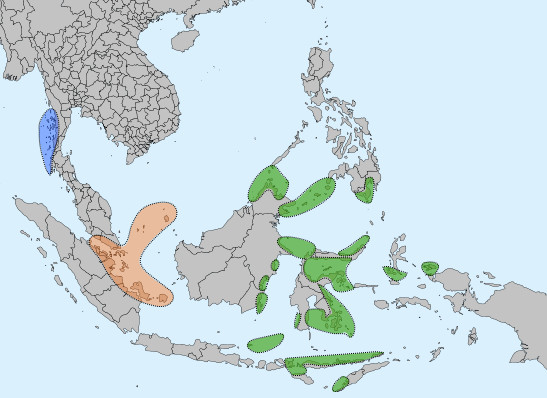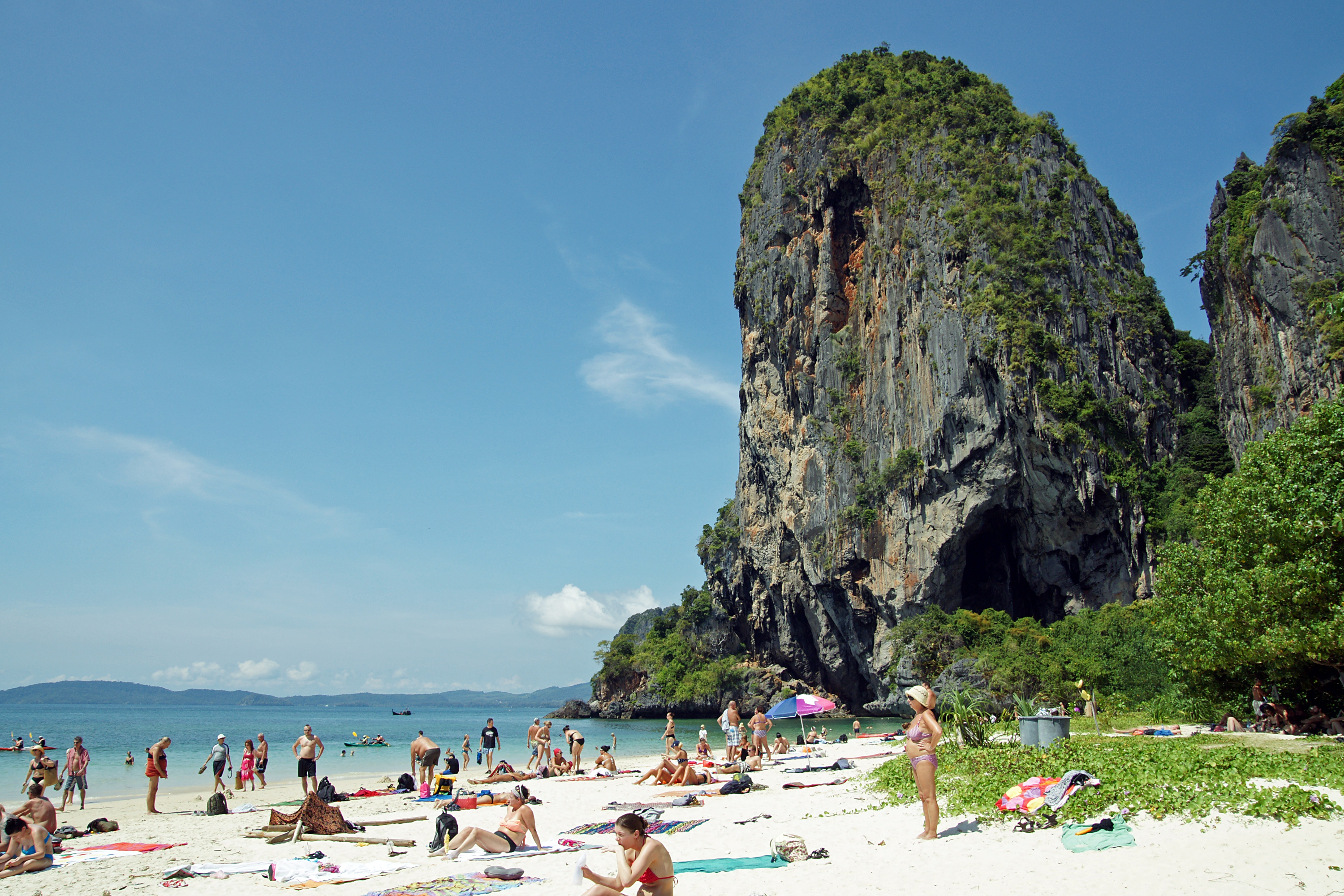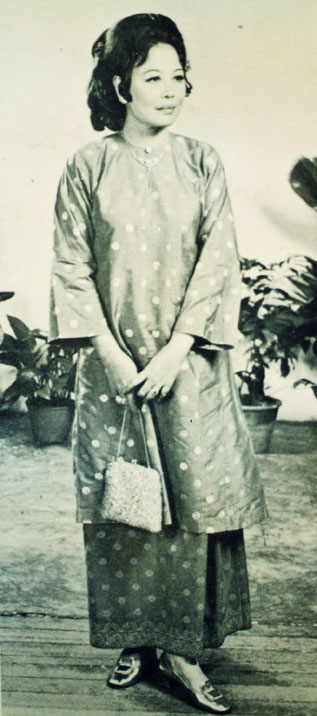|
Burmese Malays
Burmese Malays (, Jawi: , , ''Pashu'') is a Malay ethnic primarily live in Tanintharyi Region in the southern part of Myanmar. There are some dispersed Malay from the northernmost states of Malaysia and from southern Thailand. They are believed to be of Kedahan Malay descent. Some of the Moken people in the Mergui Archipelago speak a Malay. History In 1865, an Arab-Malay group led by Nayuda Ahmed, traveling and collecting sea products around Mergui Archipelago settled down in Victoria Point Bay, now located in modern-day Kawthaung, which commenced the first wave of migration from Kedah. The Burmese Malays mainly live in Bokpyin Township and a few islands in the southern part of the Mergui Archipelago. The Malay influence is clearly visible in the names of certain settlements near Kawthaung — the words ''Kampong'', ''Ulu'', ''Telok'', ''Tengah'', and ''Pulau'' (Malay words for village, remote, bay, central, and island respectively) appear in a handful of settlement nam ... [...More Info...] [...Related Items...] OR: [Wikipedia] [Google] [Baidu] |
Tanintharyi Region
Tanintharyi Region (, ; Mon: or ; formerly Tenasserim Division and Tanintharyi Division) is a region of Myanmar, covering the long narrow southern part of the country on the northern Malay Peninsula, reaching to the Kra Isthmus. It borders the Andaman Sea to the west and the Tenasserim Hills, beyond which lie Thailand, to the east. To the north is the Mon State. There are many islands off the coast, the large Mergui Archipelago in the southern and central coastal areas and the smaller Moscos Islands off the northern shores. The capital of the division is Dawei (Tavoy). Other important cities include Myeik (Mergui) and Kawthaung. The division covers an area of , and had a population of 1,406,434 at the 2014 Census. Names Tanintharyi has historically been known by a number of names, reflecting changes in administrative control throughout history, as the region changed hands from the Kedah Sultanate, to the Hanthawaddy, Ayutthaya and Konbaung kingdoms, and British B ... [...More Info...] [...Related Items...] OR: [Wikipedia] [Google] [Baidu] |
Southern Thailand
Southern Thailand (formerly Southern Siam and Tambralinga) is the southernmost cultural region of Thailand, separated from Central Thailand by the Kra Isthmus. Geography Southern Thailand is on the Malay Peninsula, with an area of around , bounded to the north by Kra Isthmus, the narrowest part of the peninsula. The western part has highly steep coasts, while on the east side river plains dominate. The largest river in the south is the Tapi, in Surat Thani, which, together with the Phum Duang in Surat Thani, drains more than , more than 10 percent of the total area of southern Thailand. Smaller rivers include the Pattani, Saiburi, Krabi, and the Trang. The largest lake in the south is Songkhla Lake ( altogether). The largest artificial lake is the Chiao Lan (Ratchaprapha Dam), occupying of Khao Sok National Park in Surat Thani. The total forest area is or 24.3 percent of provincial area. Running through the middle of the peninsula are several mountain chains, wit ... [...More Info...] [...Related Items...] OR: [Wikipedia] [Google] [Baidu] |
Rohingya People
The Rohingya people (; ; ) are a stateless nation, stateless Indo-Aryan peoples, Indo-Aryan ethnolinguistic group who predominantly follow Islam from Rakhine State, Myanmar. Before the Rohingya genocide in 2017, when over 740,000 fled to Bangladesh, an estimated 1.4 million Rohingya lived in Myanmar.UNHCR news briefing, 20 October 2020, https://www.unhcr.org/news/briefing/2020/10/5f8d7c004/unhcr-calls-solidarity-support-solutions-rohingya-refugees-ahead-urgent.html,accessed 20 December 2020 Described by journalists and news outlets as one of the most persecuted minorities in the world, the Rohingya are denied citizenship under the Myanmar nationality law, 1982 Myanmar nationality law. There are also restrictions on their freedom of movement, access to state education and civil service jobs. The legal conditions faced by the Rohingya in Myanmar have been compared to apartheidIbrahim, Azeem (fellow at Mansfield College, Oxford, and 2009 Yale World Fellow"War of Words: What's in ... [...More Info...] [...Related Items...] OR: [Wikipedia] [Google] [Baidu] |
Repatriation
Repatriation is the return of a thing or person to its or their country of origin, respectively. The term may refer to non-human entities, such as converting a foreign currency into the currency of one's own country, as well as the return of military personnel to their place of origin following a war. It also applies to diplomatic envoys, international officials as well as expatriates and migrants in time of international crisis. For refugees, asylum seekers and illegal migrants, repatriation can mean either voluntary return or deportation. Repatriation of humans Voluntary vs. forced return Voluntary return is the return of eligible persons, such as refugees, to their country of origin or citizenship based on freely expressed willingness to such return. Voluntary return, unlike expulsion and deportation, which are actions of sovereign states, is defined as a personal right under specific conditions described in various international instruments, such as the OAU Convent ... [...More Info...] [...Related Items...] OR: [Wikipedia] [Google] [Baidu] |
Austronesian Languages
The Austronesian languages ( ) are a language family widely spoken throughout Maritime Southeast Asia, parts of Mainland Southeast Asia, Madagascar, the islands of the Pacific Ocean and Taiwan (by Taiwanese indigenous peoples). They are spoken by about 328 million people (4.4% of the world population). This makes it the fifth-largest language family by number of speakers. Major Austronesian languages include Malay (around 250–270 million in Indonesia alone in its own literary standard named " Indonesian"), Javanese, Sundanese, Tagalog (standardized as Filipino), Malagasy and Cebuano. According to some estimates, the family contains 1,257 languages, which is the second most of any language family. In 1706, the Dutch scholar Adriaan Reland first observed similarities between the languages spoken in the Malay Archipelago and by peoples on islands in the Pacific Ocean. In the 19th century, researchers (e.g. Wilhelm von Humboldt, Herman van der Tuuk) started to apply the ... [...More Info...] [...Related Items...] OR: [Wikipedia] [Google] [Baidu] |
Moken
The Moken (also Mawken or Morgan; ; ) are an Austronesian people of the Mergui Archipelago, a group of approximately 800 islands claimed by both Myanmar and Thailand, and the Surin Islands. Most of the Moken live a semi-nomadic hunter-gatherer lifestyle heavily based on the sea, though this lifestyle is increasingly under threat. The Moken identify in a common culture and some speak the Moken language, a distinct Austronesian language. Attempts by both Myanmar and Thailand to assimilate the Moken into the wider regional culture have met with very limited success. However, the Moken face an uncertain future as their population decreases and their nomadic lifestyle and unsettled legal status leave them marginalized by modern property and immigration laws, maritime conservation and development programs, and tightening border policies. Nomenclature The people refer to themselves as Moken. The name is used for all of the Austronesian speaking tribes who inhabit the coast and islan ... [...More Info...] [...Related Items...] OR: [Wikipedia] [Google] [Baidu] |
Madhab
A ''madhhab'' (, , pl. , ) refers to any school of thought within Islamic jurisprudence. The major Sunni ''madhhab'' are Hanafi, Maliki, Shafi'i and Hanbali. They emerged in the ninth and tenth centuries CE and by the twelfth century almost all Islamic jurists aligned themselves with a particular ''madhhab''. These four schools recognize each other's validity and they have interacted in legal debate over the centuries. Rulings of these schools are followed across the Muslim world without exclusive regional restrictions, but they each came to dominate in different parts of the world. For example, the Maliki school is predominant in North and West Africa; the Hanafi school in South and Central Asia; the Shafi'i school in East Africa and Southeast Asia; and the Hanbali school in North and Central Arabia. The first centuries of Islam also witnessed a number of short-lived Sunni ''madhhabs''. The Zahiri school, which is considered to be endangered, continues to exert influence over ... [...More Info...] [...Related Items...] OR: [Wikipedia] [Google] [Baidu] |
Shafi'i
The Shafi'i school or Shafi'i Madhhab () or Shafi'i is one of the four major schools of fiqh (Islamic jurisprudence), belonging to the Ahl al-Hadith tradition within Sunni Islam. It was founded by the Muslim scholar, jurist, and traditionist al-Shafi'i (), "the father of Muslim jurisprudence", in the early 9th century. The other three schools of Sunnī jurisprudence are Ḥanafī, Mālikī and Ḥanbalī. Like the other schools of fiqh, Shafii recognize the First Four Caliphs as the Islamic prophet Muhammad's rightful successors and relies on the Qurʾān and the "sound" books of Ḥadīths as primary sources of law. The Shafi'i school affirms the authority of both divine law-giving (the Qurʾān and the Sunnah) and human speculation regarding the Law. Where passages of Qurʾān and/or the Ḥadīths are ambiguous, the school seeks guidance of Qiyās (analogical reasoning). The Ijmā' (consensus of scholars or of the community) was "accepted but not stressed". The ... [...More Info...] [...Related Items...] OR: [Wikipedia] [Google] [Baidu] |
Phuket
Phuket (; , , or ''Tongkah'') is one of the Southern Thailand, southern Provinces of Thailand, provinces (''changwat'') of Thailand. It consists of the island of Phuket, List of islands of Thailand, the country's largest island, and another 32 smaller islands off its coast. Phuket lies off the west coast of mainland Thailand in the Andaman Sea. Phuket Island is connected by the Sarasin Bridge to Phang Nga province to the north. The next nearest province is Krabi province, Krabi, to the east across Phang Nga Bay. Phuket province, encompassing an area of , ranks as the second-smallest province in Thailand. Its size is about two-thirds the size of Singapore. Historically, Phuket Island was situated on a major trading route between India and China. This strategic location led to its frequent mention of foreign ships in the logbook, logs, including those from Portugal, France, the Netherlands, and England. Despite this attention from various European powers, Phuket was never coloni ... [...More Info...] [...Related Items...] OR: [Wikipedia] [Google] [Baidu] |
Krabi
Krabi (, ) is the capital of and main town in Krabi Province (''thesaban mueang''), on the west coast of southern Thailand, where the Krabi River flows into Phang Nga Bay. The town lies south of Bangkok, and as of 2020, has a population of 32,644. As in much of southern Thailand, the local economy centres largely on tourism. History At the start of the Rattanakosin period in the late eighteenth century, when the capital was finally settled at Bangkok, an elephant kraal was established in Krabi by order of Chao Phraya Nakhon (Noi), the governor of Nakhon Si Thammarat, which was by then a part of the Thai Kingdom. He sent his vizier, the Phra Palad, to oversee this task, which was to ensure a regular supply of elephants for the larger town. So many followers immigrated in the steps of the Phra Palad that soon Krabi had a large community in three different boroughs: Pakasai, Khlong Pon, and Pak Lao. In 1872, King Chulalongkorn elevated these to town status, called Krabi, a word ... [...More Info...] [...Related Items...] OR: [Wikipedia] [Google] [Baidu] |
Kedahan Malay
Kedahan Malays ( Malay: ''Melayu Kedah'', Jawi: ) or commonly known as Orang Utara ('Northerners'), are a sub-group of Malays native to northern Malay Peninsula in areas of both current and historical area of Kedah (which is now divided into the modern states of Malaysia, Thailand and Myanmar). They are among the oldest ethnic groups in the Malay Peninsula with a history dating back 2,800 years as proven by the discovery of sites in Bujang Valley and historical documents from India, China and Arabia. Kedahan Malays are one of the largest Malay sub-groups in Malaysia, comprising at least 15% of the total Malaysian Malay population, including those with Kedahan ancestry. History The early history of Kedah can be traced from various sources, from the prehistoric period, archaeological site of Bujang Valley, early maritime trade of India, Persia, and the Arabs to the written works of early Chinese pilgrims and early Chinese records. The Hikayat Merong Mahawangsa (known as Kedah A ... [...More Info...] [...Related Items...] OR: [Wikipedia] [Google] [Baidu] |
Bokpyin Township
Bokepyin Township (; ; RTGS: ''Bok Pian'') is the only township of Bokepyin District () in central Taninthayi Region, Myanmar. The capital town is Bokepyin. The township covers an area of , and had a population of 81,718 at the 2014 census. The township was split from Kawthaung District on 30 April 2022 by the Ministry of Home Affairs An interior ministry or ministry of the interior (also called ministry of home affairs or ministry of internal affairs) is a government department that is responsible for domestic policy, public security and law enforcement. In some states, the i ... to form its own district. The township and district has two subtownships, informal subdivisions used for administrative and statistical purposes- Pyigyimandaing Subtownship and Karathuri Subtownship. References External linksMyanmar: Tanintharyi, Bokpyin and Kyunsu Township - Tanintharyi Region (as of 12 July 2011) Townships of Taninthayi Region {{Taninthayi-geo-stub ... [...More Info...] [...Related Items...] OR: [Wikipedia] [Google] [Baidu] |








